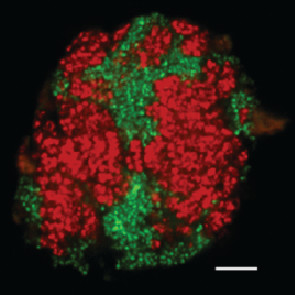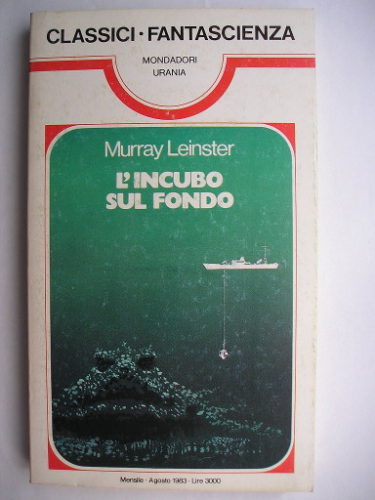
Happy birthday Robert J. Sawyer!
Robert James Sawyer was born on April 29, 1960 in Ottawa, Ontario, Canada. Robert J. Sawyer earned a Master of Arts degree from Ryerson University in Toronto in 1982, but by then he had already started his career as a science fiction writer with the publication of the short story “If I’m Here, Imagine Where They Sent My Luggage.” in the magazine “The Village Voice: The Weekly Newspaper of New York” in 1981. That activity became really important since the 1990s, when he started publishing novels.
Thanks to his experience, Robert J. Sawyer has also been taught science fiction in various universities. His novels are not long by today’s standards and are written in a linear style, but offer food for thought on technical-scientific progress and on various ethical and moral problems. For these reasons he has many fans and over the years he won several awards.





